Make Kombucha and Kefir at Home: It’s Easy and Fun!
A couple of months ago, I decided I finally needed to try something I have been wanting to try for a long time.
I learned how to make kombucha and kefir at home!
I love kombucha, but at $3 to $4 per bottle, it can be cost prohibitive. Well, no…I can afford that, and then recycle the bottles, but old habits run deep, and I’d much rather learn to make something than buy it that often. We also really enjoy kefir, and its health benefits, so why not just start trying to make kombucha and kefir at home?
Getting started was simple. I did a lot of research via Google, joined a few Facebook groups and observed the conversations. After I’d made a list of the items I was going to need, I headed to Home Goods and bought several glass jars and a few glass bottles. I already had a mesh strainer. Getting a scoby (symbiotic culture of bacteria and yeast..I know, it sounds gross) and the milk kefir “grains” were the only obstacles, as no one I knew locally had any. The price for ordering them online went from $4 up to $9, all for the exact same thing, so I did more research to find out the most reputable places to purchase from online and placed my orders. Mailing items that require special care concerned me a little bit, but as promised, both orders — one for a scoby, and one for milk kefir grains — came through on time and in good condition, so after I bought plain black tea bags and ensured we had milk on hand, I had all I needed to get started.
Making both is easy, and I won’t reinvent the wheel by telling you how to make them. I’ll instead link you to the site I follow for easy and clear instructions on how to make kombucha. Making the sweet black tea is easy, and it was actually fun to assemble it all. The looks on my family members’ faces when I opened the scoby and laid it out before I put it in the tea were priceless. It is weird looking, and the texture and odor are different, too, but if you’ve gotten this far into wanting to make your own kombucha, you’re in the clear and it won’t scare you away. Same goes with the milk kefir grains. (There are also water kefir grains, which I have not tried yet. You can research on both to see what you most want to try — or do both! Eventually, I will try the water kefir but I need to be sure I have the time to add one more creation onto my schedule.)
That’s a scoby floating in the sweet black tea. Weird, right?
That’s a scoby hotel, basically a tower of scobies (scobys?) waiting to be used in the future. Each time you make a batch, you create another scoby, so I am now giving them away to friends and family and this canister holds them in between. (I replace the tea every 6-8 weeks.)
That’s about 3 tablespoons of kefir grains. They remind me of cottage cheese. They can’t touch metal for long, so they quickly sit in this strainer as I push the kefir/whey into the container before using it.
And that’s a batch of kefir culturing on my counter in a dark-ish area over night. Sorry for the blur! It really is that simple — milk and grains in a glass container covered with paper towels held on with rubber bands to keep dust out. Strain it when you want to drink/eat it and there you have kefir!
Speaking of schedules, you will need to jot down when you start your kombucha first ‘brew’ and when you put it into another container for it’s second ferment. Kefir, in that regard, is easier; I usually let it culture on my counter for about 24 hours, but taste and consistency is your guide. I have seen people put masking tape on bottles to mark the date they started and/or the date to take the next step, but I personally put the dates in my daily planner. (I have a Sugar Paper planner purchased from Target that is my organizer overall, including doctor appointments, blog posts due, contracts/invoice dates, meal plans and football practice. One place for everything and I am so much more organized with this old school approach.)
I’m very new at this still, so I’m only on my third batch of kombucha, which is going into bottles this evening. My first batch was raspberry kombucha, which is basically kombucha brewed for 10-12 days, then bottled — without the scoby, as it has brewed enough by then — in a smaller jar with several raspberries. Kombucha gets fizzy and tart, so the length of time really depends on your preferred tastes. They get fizzier when on their second brew. The next batch I tried was akin to ginger beer, and I love a good Moscow Mule, so I was excited to find that my first go-round with ginger kombucha tasted good enough to use! This next batch is going to be an orange kombucha. I’ve never tasted it before, but why not? That’s the beauty of kombucha — you can experiment with the flavor profiles and come up with whatever you and your family will like! Learning how to make kombucha will save you money and maybe even replace soda and other unhealthy drinks in your home.
I drink kefir almost every morning, as a breakfast alternative; here’s a great site that has really been a big help to me. I’ve also used it in my smoothies and I do want to attempt kefir cheese here soon. Kefir is so easy. My only problem is that I’ve forgotten it a few times and it gets too tart for my taste, so I dump it out and start over again, saving the ‘grains’ for the next batch. I have about one cup of grains in my refrigerator, taking a timeout in milk, until someone needs them or I want to increase the amount of kefir I make daily. (I simply have to bring them to room temperature to wake them up.) Kefir offers a lot of good healthy things, and while I’m no doctor, kefir reportedly offers probiotics and immune-system boosters. This time of year, when we’re eating weird food during the holidays and getting exposed to more than the average number of germs, I’m definitely glad for the chance to help my body in any way I can.
Being a big newbie to all this, I learn more every day about how to make kombucha and kefir. There are so many options to both that I couldn’t write about them all in one post, so I’ll update along the way as I try new things. I’m sure I’ll have some hits and definitely some misses, but with the low cost of supplies and only the one outlay of cash for equipment, I’m not really out much when something doesn’t taste like we want.
Have you ever tried to make kombucha or kefir, or have you purchased it already made? What flavors were your favorite?

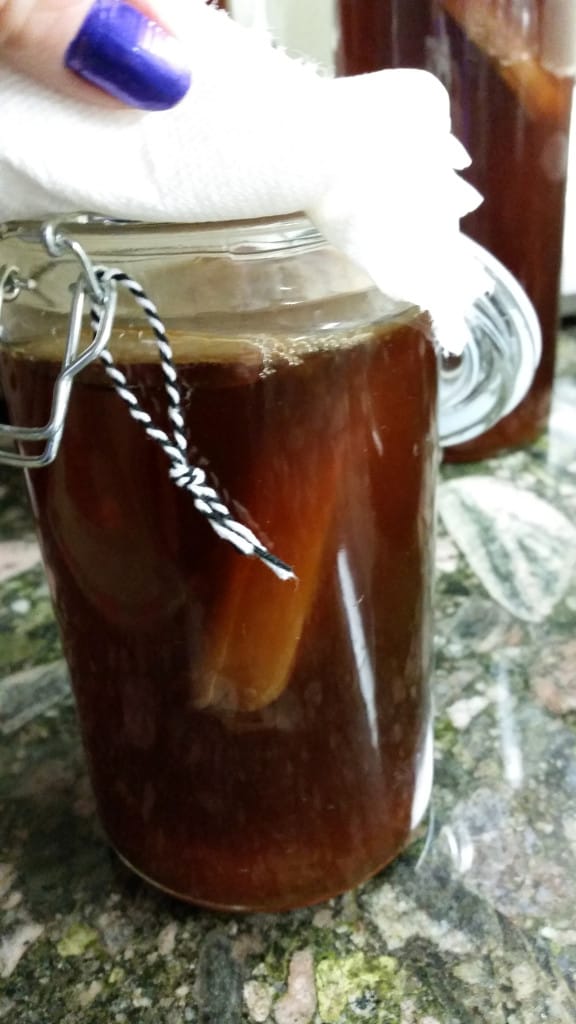
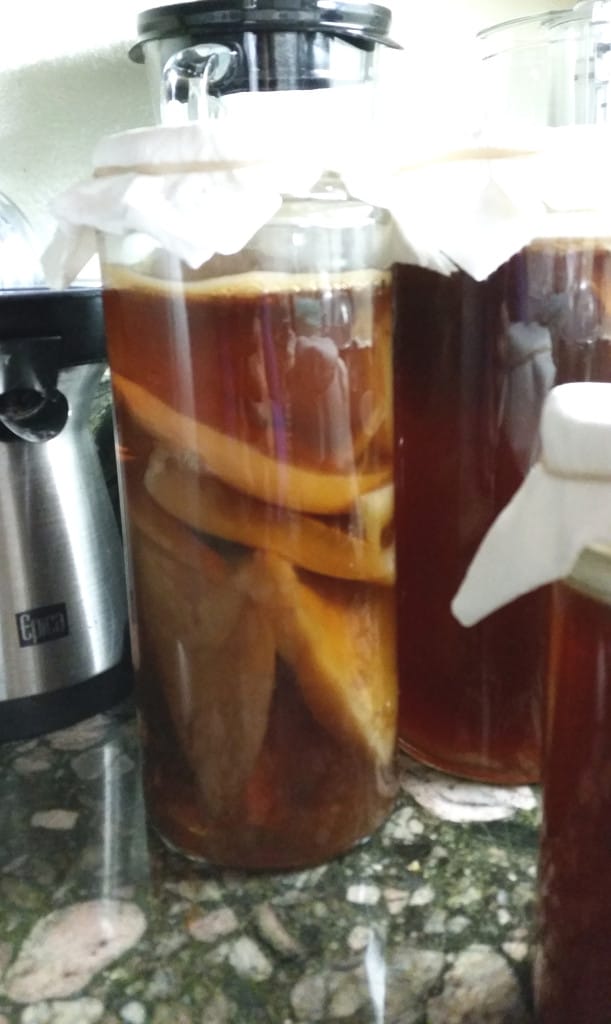
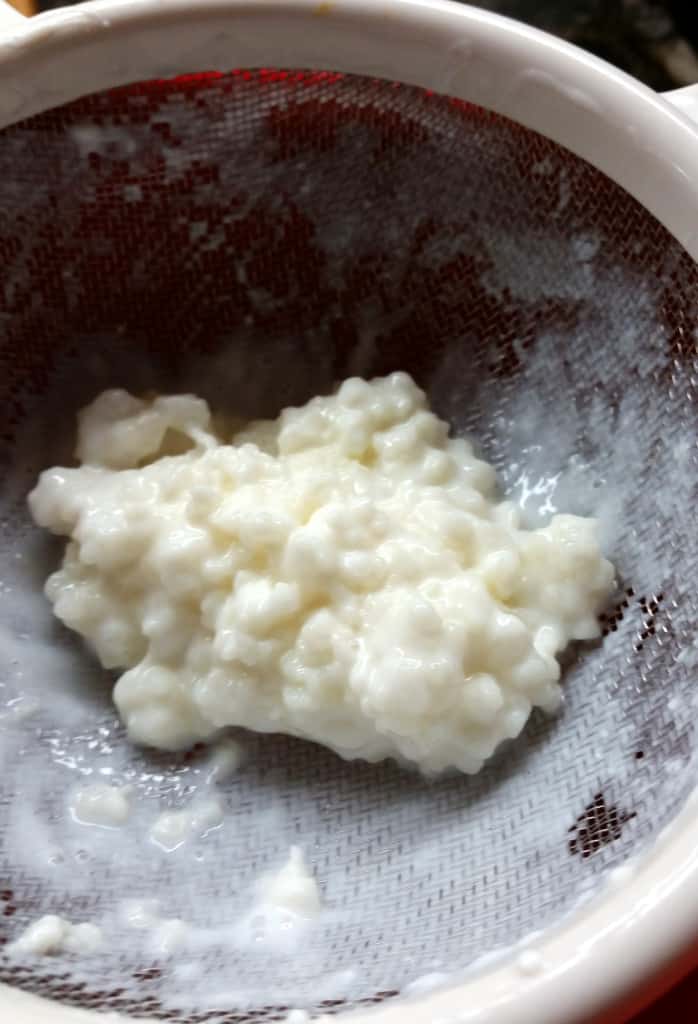
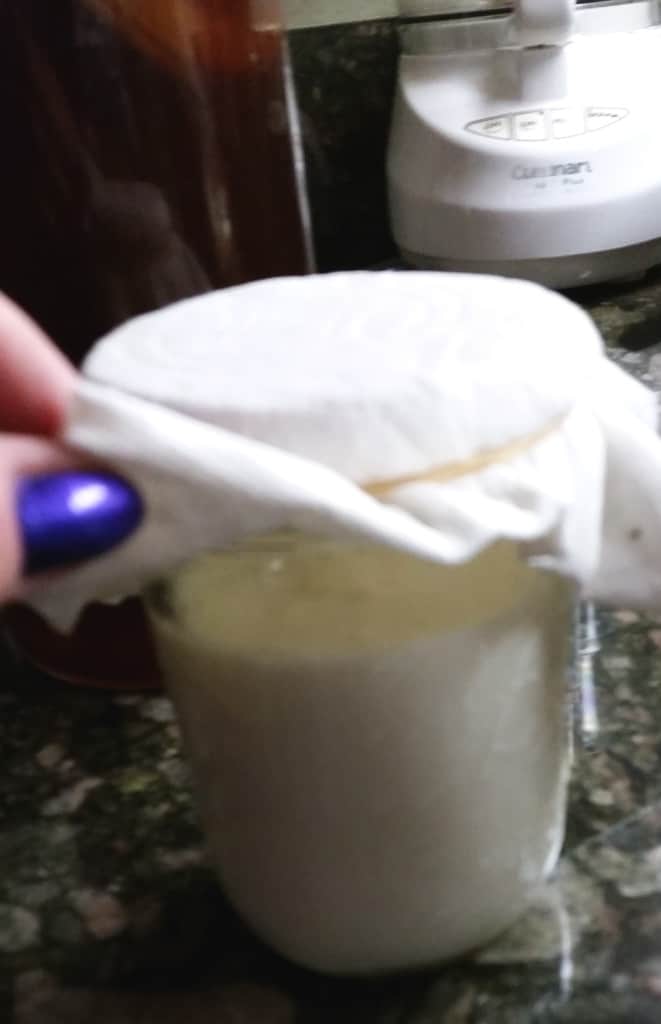

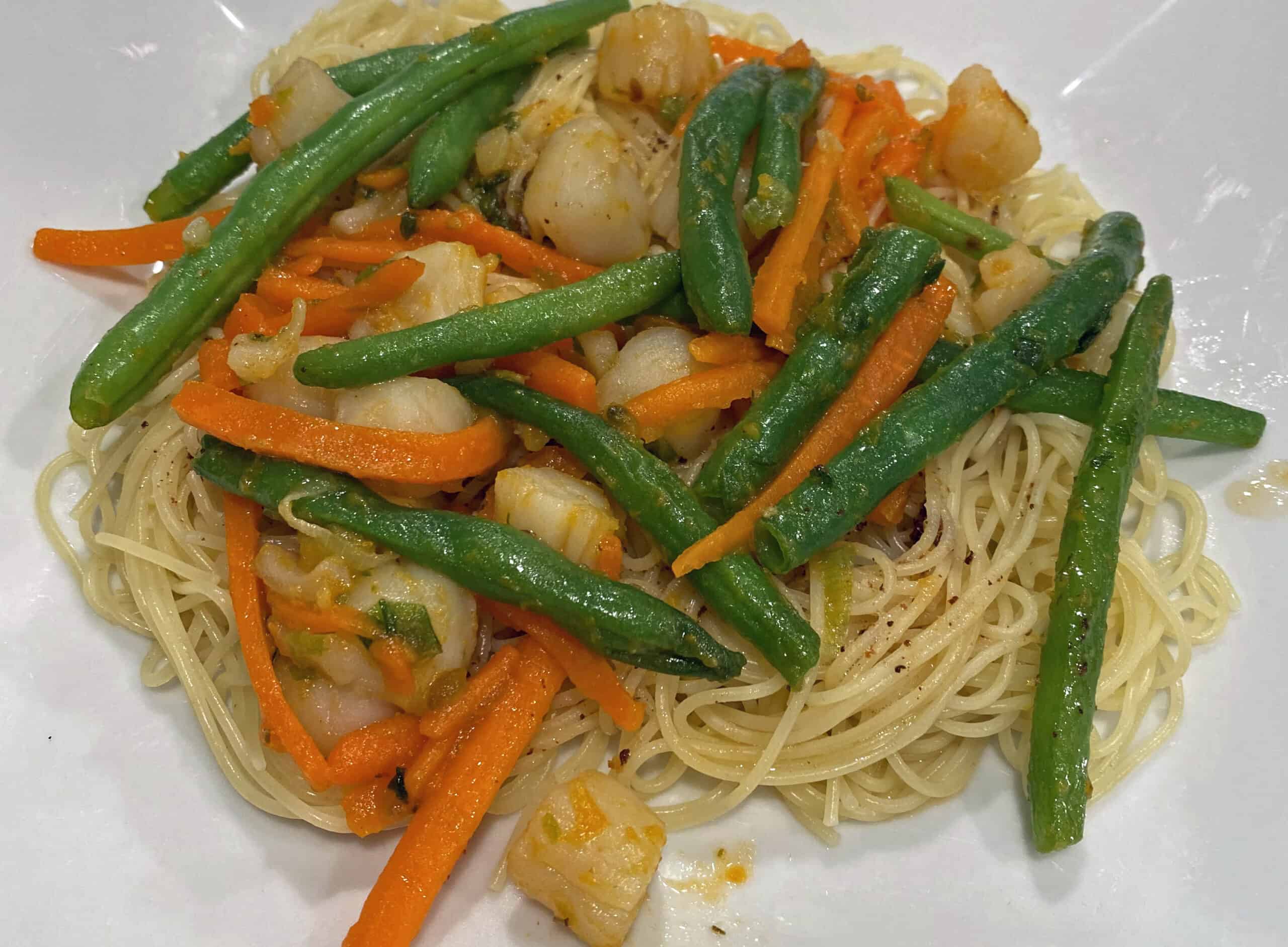
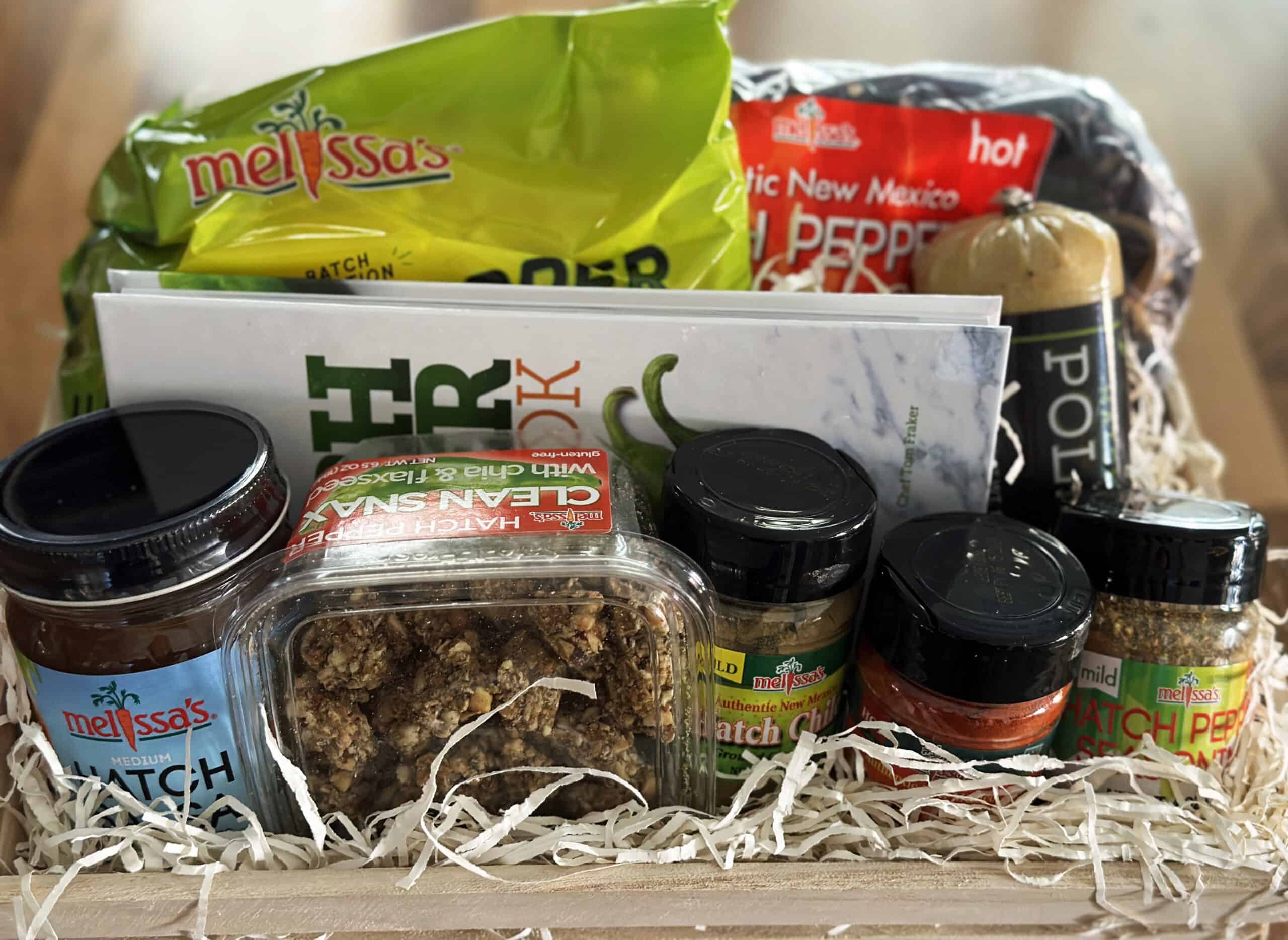
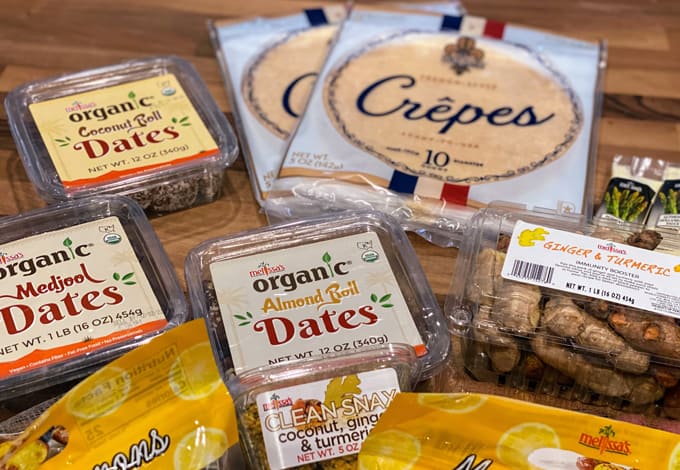
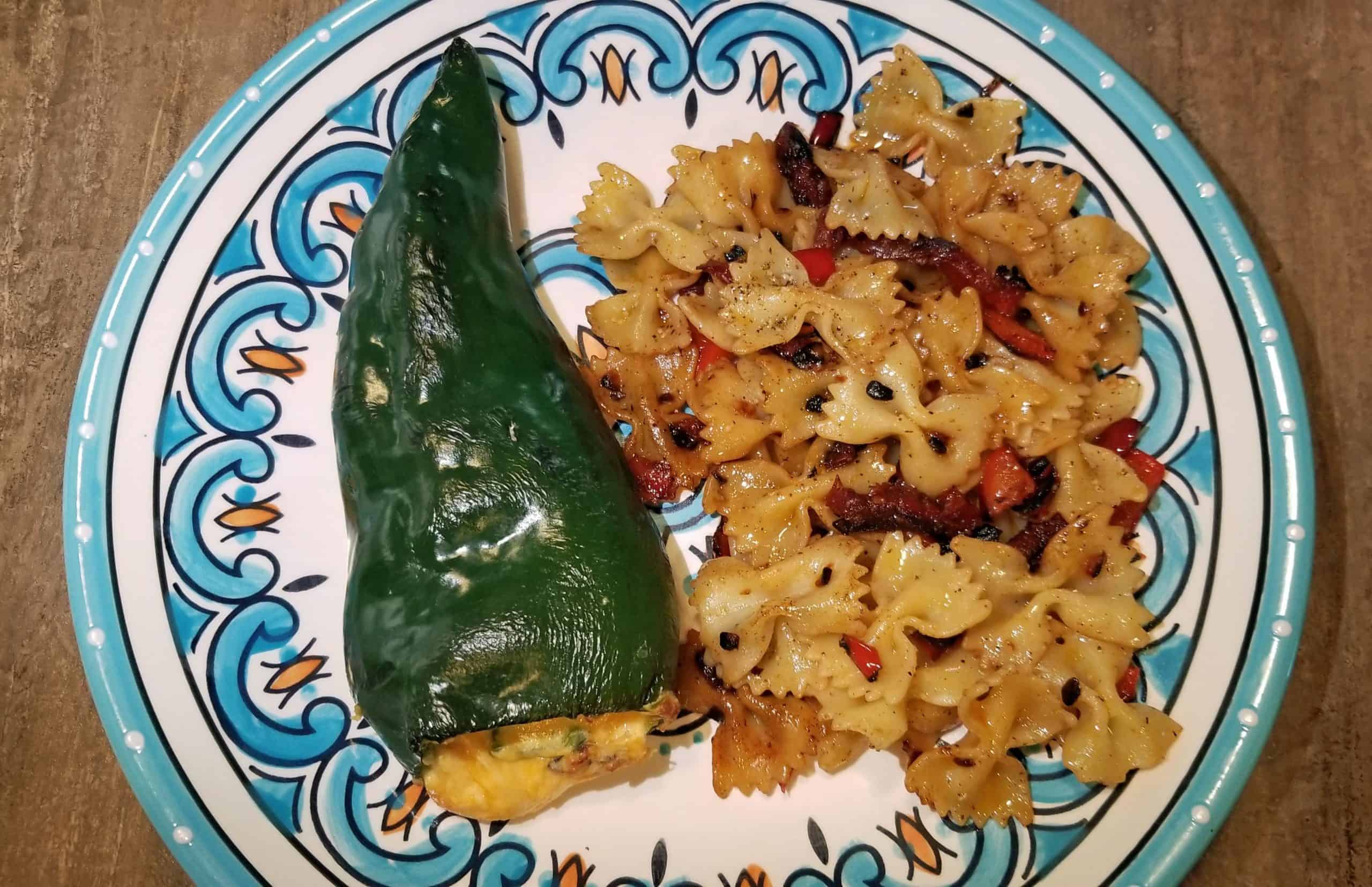
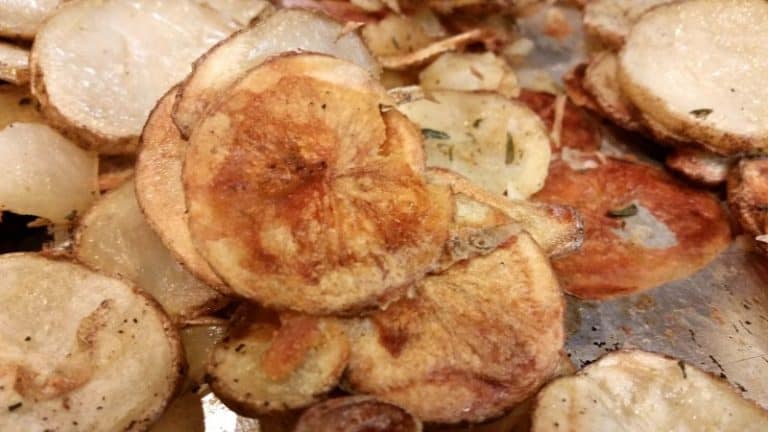
Interesting! Yes, Kefir is a great source of probiotics which can help in weight-loss, also help enhance the immune system, and promote healthy skin. Probiotics present in kefir can also reduce systemic inflammation, blood pressure, symptoms of anxiety, and also lowers LDL cholesterol level. Daily consumption of kefir is good, but it also has its cons.